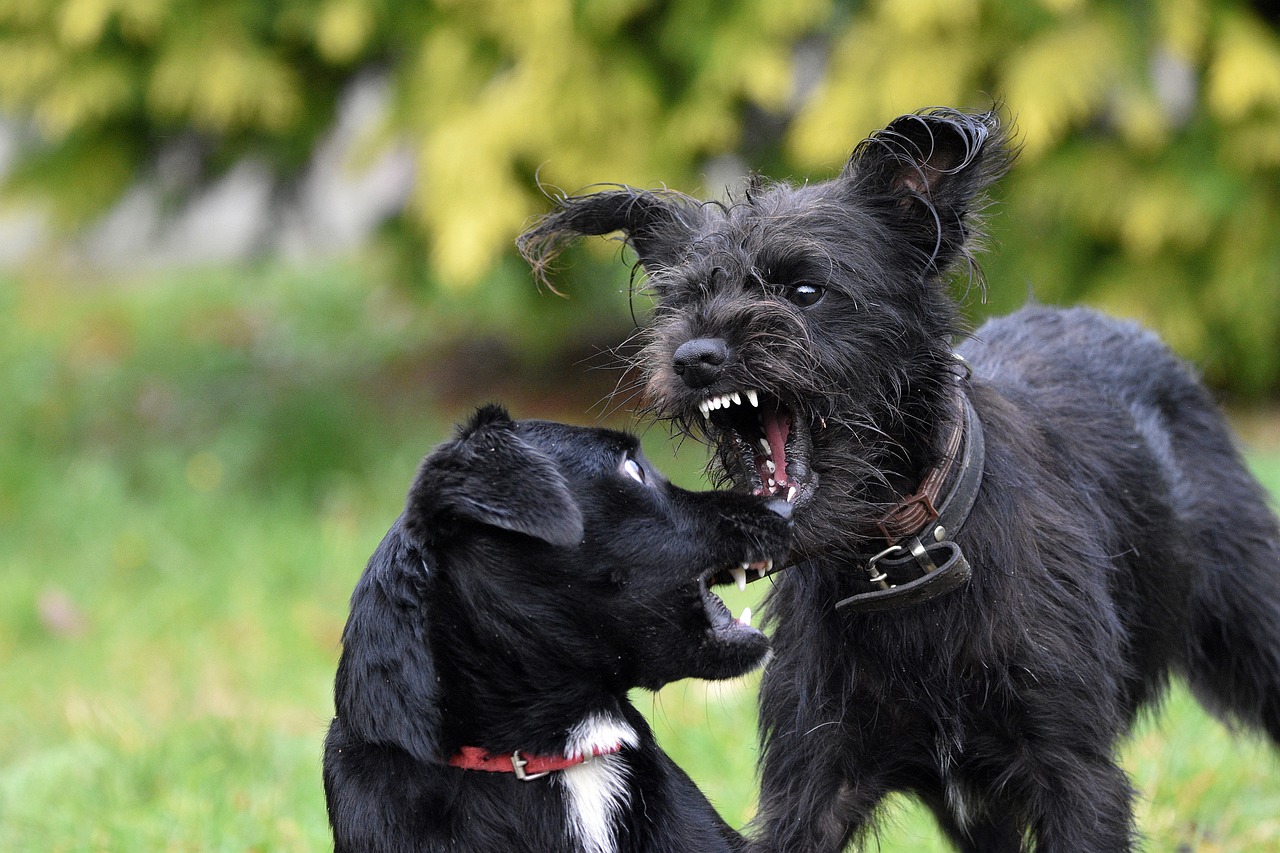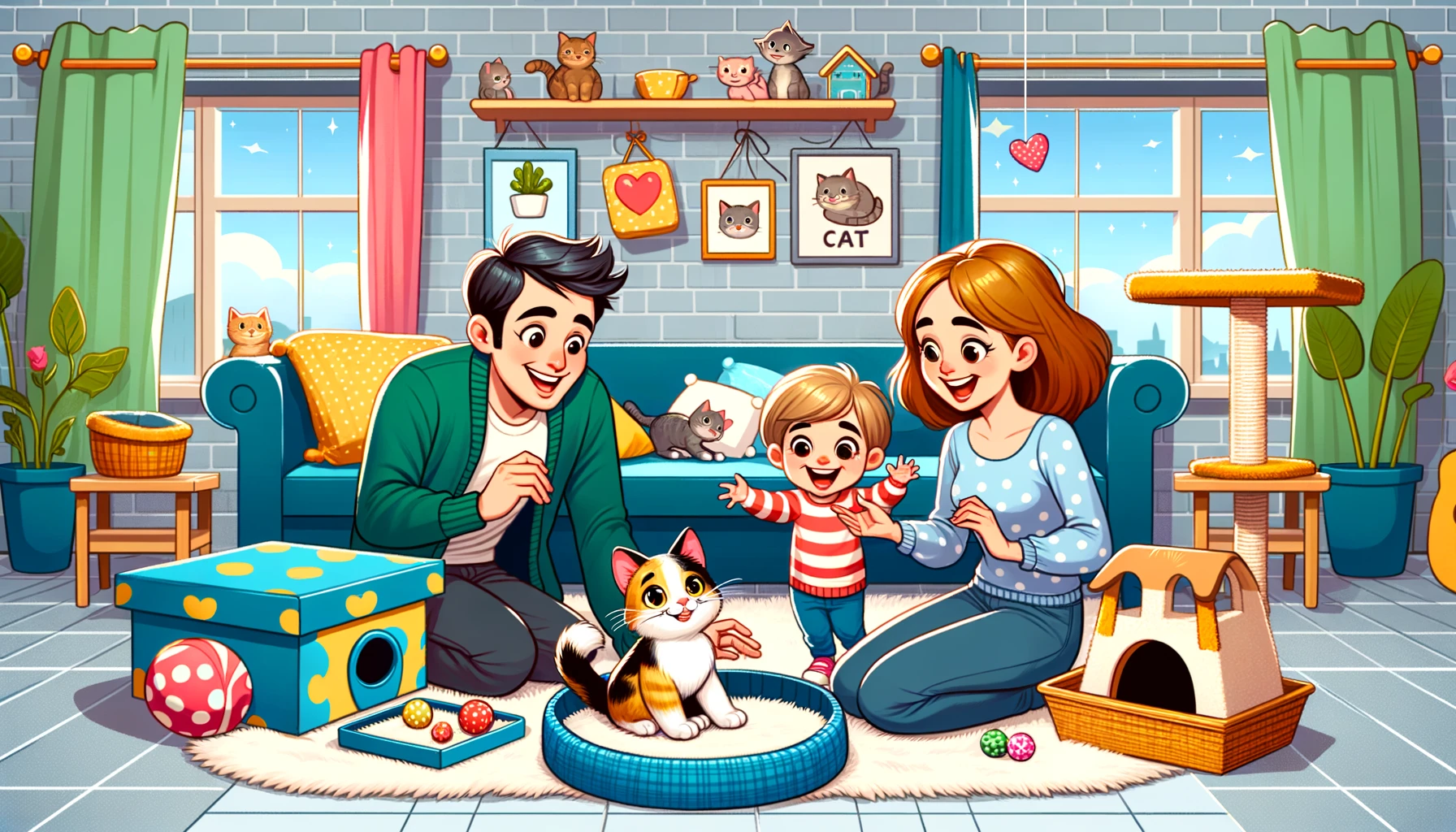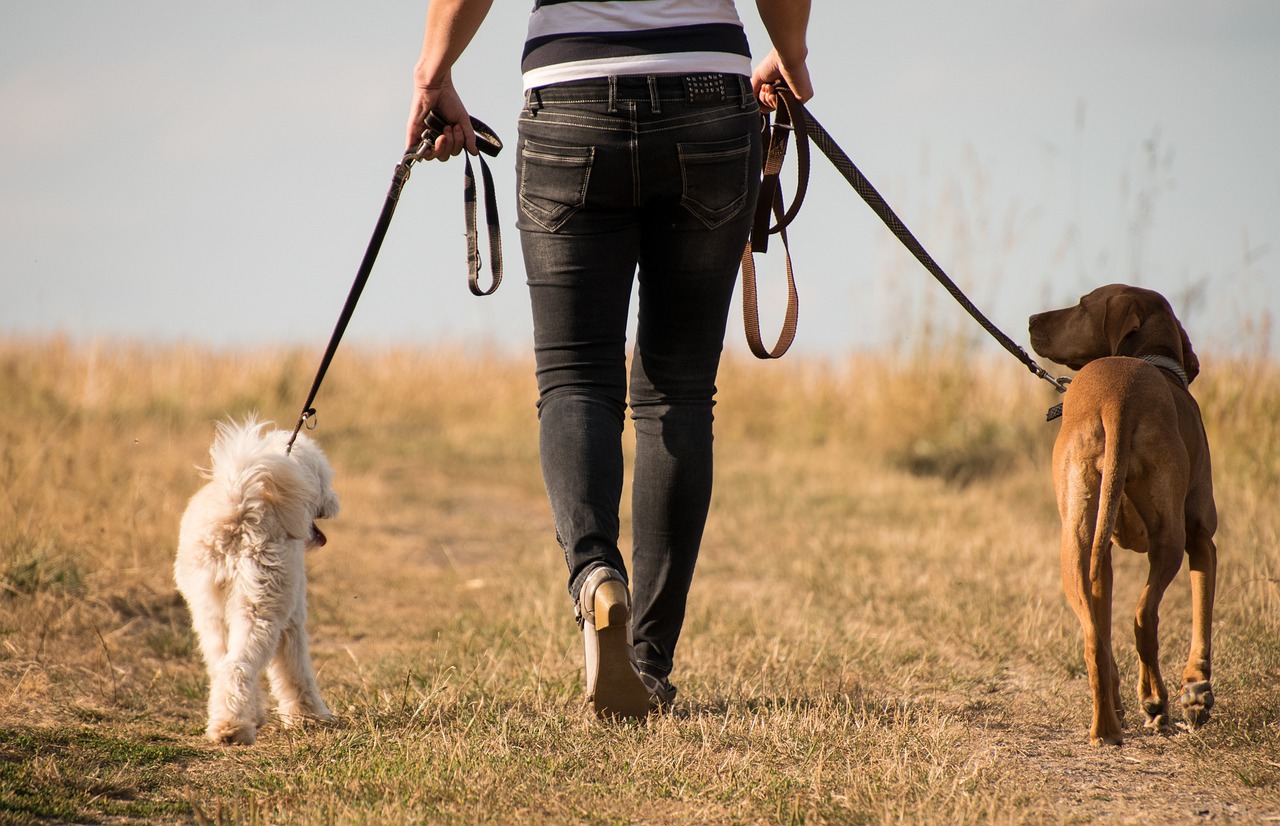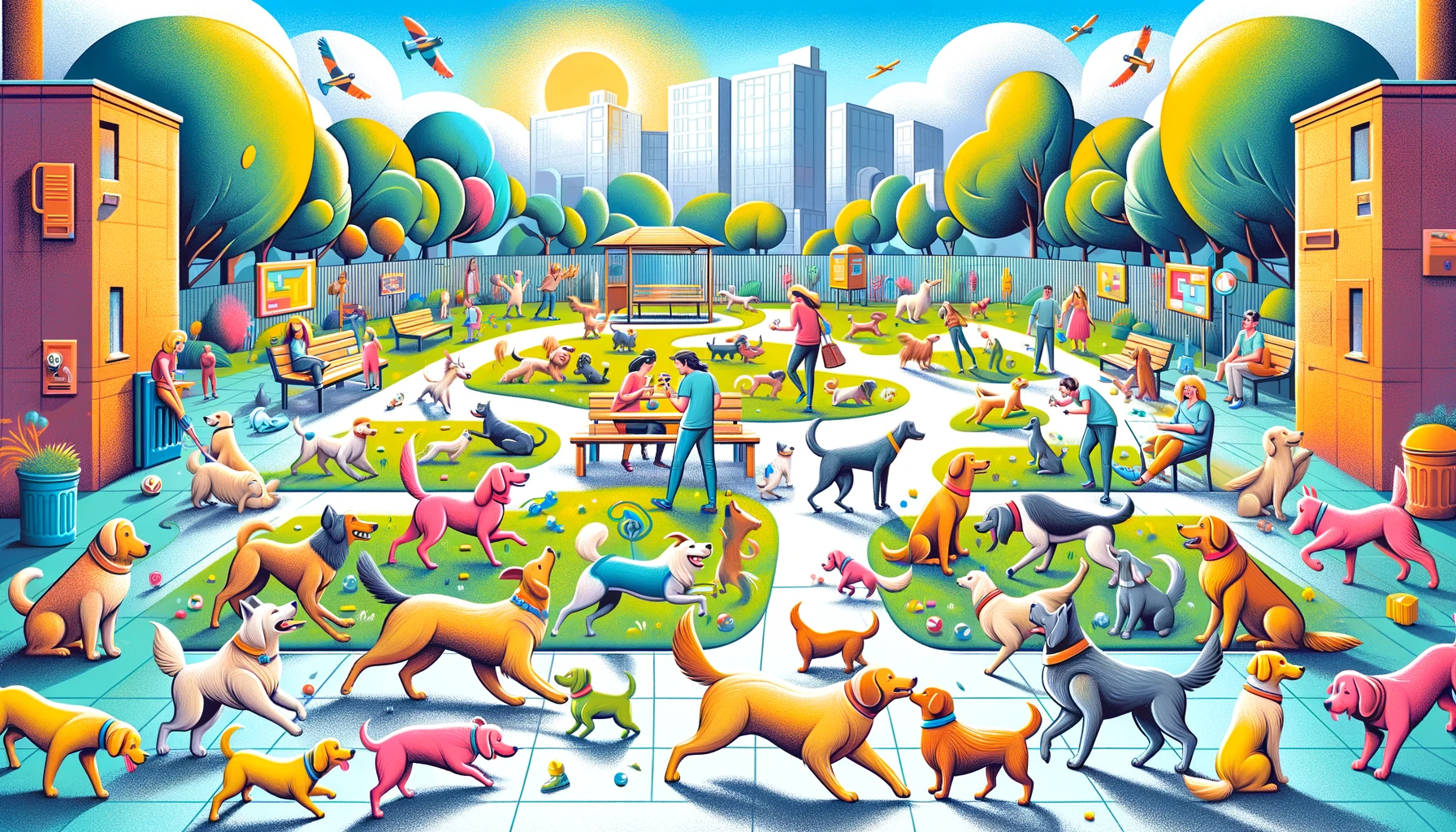Alright, pet parents, gather ’round. If you’ve got a furry friend that seems to think he’s auditioning for the next season of “Real Housewives of Dogville”, I’ve got news for you: drama isn’t just for reality TV. And while a snarling canine might score high ratings in the dog park reality show, it’s not the best look on a leisurely Saturday walk. Let’s dive into how to tone down that diva-esque doggo of yours.
1. Denial Isn’t Just a River in Egypt
First off, let’s admit there’s a problem. Yes, I know, your little Fluffy is an angel at home, softly cuddling on the couch while you binge-watch your favorite shows. But if she’s turning into a terror at the sight of another pooch, it’s time to face the music. Don’t dismiss it as just her being “protective” or “having a bad day.” That’s like saying a certain reality star only flips tables when she’s passionate. Nope, it’s a problem, and it needs fixing.
2. Early Socialization: Because It’s Not Just For Influencers
Remember when you were told that exposing your dog to different environments, people, and other animals at an early age helps them grow into well-adjusted adults? Well, they weren’t just saying that to get you to post more puppy pics on Instagram (though that’s always a plus). Early socialization is like sending your pup to charm school. Dogs that miss out on this prime social time might grow up thinking every other dog is out to steal their limelight, hence the drama.
If you’ve adopted an older dog or missed out on this phase, don’t fret. We can still put your diva through some charm lessons — more on that later.
3. Leash Skills: Not as Boring as They Sound
Okay, remember that time your dog saw another canine and pulled on the leash so hard you felt like you were being auditioned for a kite-flying contest? Yep, it’s time to address that. Leash skills are essential not just for your shoulder health but for establishing who’s in control. If your dog thinks he’s the main star and you’re just the sidekick, you’ve got things upside down.
Start by teaching basic commands like “sit,” “stay,” and “heel.” When your dog starts to understand that you’re the director of this show, they’ll likely chill out a bit when they see other dogs. After all, no one wants to be caught misbehaving on camera!
4. Doggy Time-outs: It’s Not as Harsh as It Sounds
Let’s say your dog decides to throw a tantrum (read: barking and lunging) when he sees another dog. What do you do? You give him a time-out! No, you don’t shove him into a corner with a dunce cap. Instead, calmly remove him from the situation, have him sit or lie down, and wait for him to calm down. Think of it as a commercial break during a particularly juicy scene. Once he’s relaxed, you can continue your walk. Consistency is key here; even reality stars need to learn boundaries.
5. Professional Help: Because Sometimes We Need a Reality Check
If your dog’s diva behavior continues despite your best efforts, it might be time to call in the professionals. And no, I’m not talking about the paparazzi. Dog trainers or behaviorists can provide guidance tailored to your dog’s specific needs. They’re like the producers behind the scenes, making sure everything runs smoothly.
6. Playdates: Or How to Host the Best Doggy Socials
Now, if your pup hasn’t been to a soirée in a while, starting with controlled one-on-one playdates is a grand idea. Maybe find that calm, well-behaved dog in the neighborhood (you know, the one who sips water like he’s at a wine tasting) and let them interact under supervision. Keep the ambiance positive and fun. If you sense your dog turning into a party pooper, it’s time to roll the credits and end the scene. Gradual exposure in controlled settings can turn your diva dog into the life of the party, sans drama.
7. “Watch Me” Command: Lights, Camera, Attention!
Want your dog to be less interested in that other pooch and more focused on you? The “watch me” command can be your go-to trick. With treats or a toy in hand, use it to redirect your dog’s attention from another dog to you. It’s like showing them a shiny Oscar award whenever they’re about to go rogue on set. With time and practice, your dog will learn that paying attention to you is way more rewarding than trying to start a doggy duel.
8. Understand the Triggers: Not All Drama is Scripted
Every diva has a backstory, and understanding what triggers your dog’s aggressive episodes is key. Is it only large dogs? Or maybe it’s those tiny, yappy ones? Perhaps it’s the way other dogs approach or certain types of play. Once you identify what sets off your dog’s inner drama queen, you can work specifically on desensitizing them to that trigger. And hey, we all have our pet peeves, right?
9. Safety First: The Doggy Muzzle
Okay, before you gasp in horror and think I’m suggesting you silence your star, hear me out. Muzzles, when used correctly and humanely, can be a fantastic tool for keeping other dogs safe while you’re working on training. Think of it as a safety harness during a stunt scene. Ensure it’s a basket muzzle that allows your dog to breathe, pant, and drink water. And please, introduce it positively, making sure your dog associates it with treats and good vibes.
10. Be Patient: Rome Wasn’t Built in a Dog’s Day
Reforming a drama king or queen won’t happen overnight. There will be bloopers, deleted scenes, and maybe a few outtakes. But with consistency, patience, and a bit of humor, your dog can learn to keep the drama only for the stage (or the living room couch).
In Conclusion…
Aggression might make for good TV, but in the real world, it’s not exactly a fan-favorite. With a mix of understanding, training, and a sprinkle of laughter, your dog can move from being the villain to the star everyone adores. So here’s to less drama and more wagging tails! Cheers!
Pro Tips to Remember:
- Understand Dog Body Language: Just like we have our non-verbal cues, dogs do too. Learn to read when your dog is nervous, scared, or overstimulated. This can help you intervene before an issue escalates.
- Keep Calm and Carry On: Your dog picks up on your energy. If you’re anxious about a potential dog-on-dog interaction, your pet will sense it. Take a deep breath and project calm, assertive energy.
- Exercise, Exercise, Exercise: An under-stimulated dog is often an aggressive one. Regular physical and mental exercise can help alleviate some aggression triggers. Think of it as channeling their inner diva into a more productive arena.
- Positive Reinforcement: Always reward good behavior. If your dog behaves well around other dogs or even just ignores them, treat or praise them. It’s like giving them a standing ovation for their stellar performance.
- Avoid Dog Parks Initially: Until your dog’s behavior improves, avoid dog parks. It’s like taking a newly sober rockstar to an after-party — tempting fate a bit.
- Get a Second Opinion: Sometimes, it’s beneficial to get an assessment from another dog trainer or even a veterinary behaviorist. Different experts might provide new insights or techniques that can be effective.
- Health Check: Occasionally, aggression can be linked to medical issues. A sudden onset of aggressive behavior might warrant a vet visit to rule out pain, vision loss, or other health concerns.
- Stay Updated: Canine behavioral science evolves constantly. Stay updated with the latest techniques and findings, which can provide you with newer and better tools for managing and improving your dog’s behavior.
Frequently Asked Questions (FAQ) About Dog Aggression:
A sudden change in behavior could be due to various reasons—everything from a negative experience with another dog, a health issue causing pain or discomfort, or even aging factors like deteriorating vision or cognitive dysfunction.
Absolutely, an old dog can learn! It might require a bit more patience and possibly some adjustments in training methods, but with consistent effort, senior dogs can certainly change their behavior.
Look for body language cues. Playful behavior usually involves a more relaxed body, wagging tails, and play bows (where the dog puts its front legs down and bum in the air). Aggressive behavior often comes with growling, raised hackles, stiffened posture, and direct stares.
Punishing or scolding can often exacerbate the issue, making the dog more fearful or defensive. It’s recommended to focus on positive reinforcement and redirection instead.
There’s no one-size-fits-all answer. It depends on the cause and severity of the aggression, the dog’s age, and how consistent you are with the training. Some dogs show improvement in weeks, while others might take months or even longer.
While some breeds might have certain tendencies due to their history (e.g., guarding or hunting), it’s essential not to generalize or stereotype. The individual dog’s upbringing, training, socialization, and experiences play a significant role in behavior.
In some cases, especially when the aggression is linked to hormonal causes or territorial behavior, neutering or spaying might help. However, it’s not a guaranteed fix and should be discussed with your veterinarian.
This is often referred to as “leash reactivity.” Dogs can feel trapped or restricted on a leash and might exhibit aggression as a result. Off-leash, they might feel more at ease, knowing they can escape if needed.
In some cases, vets might prescribe specific medications to help manage aggression, especially if it’s rooted in anxiety or other behavioral issues. Additionally, certain supplements can promote relaxation. Always consult with a veterinarian before giving any medication or supplement.
Until the aggressive behavior is fully addressed, it’s crucial to supervise all interactions between children and the dog. Teach children about respecting the dog’s space and recognizing signs of discomfort.



